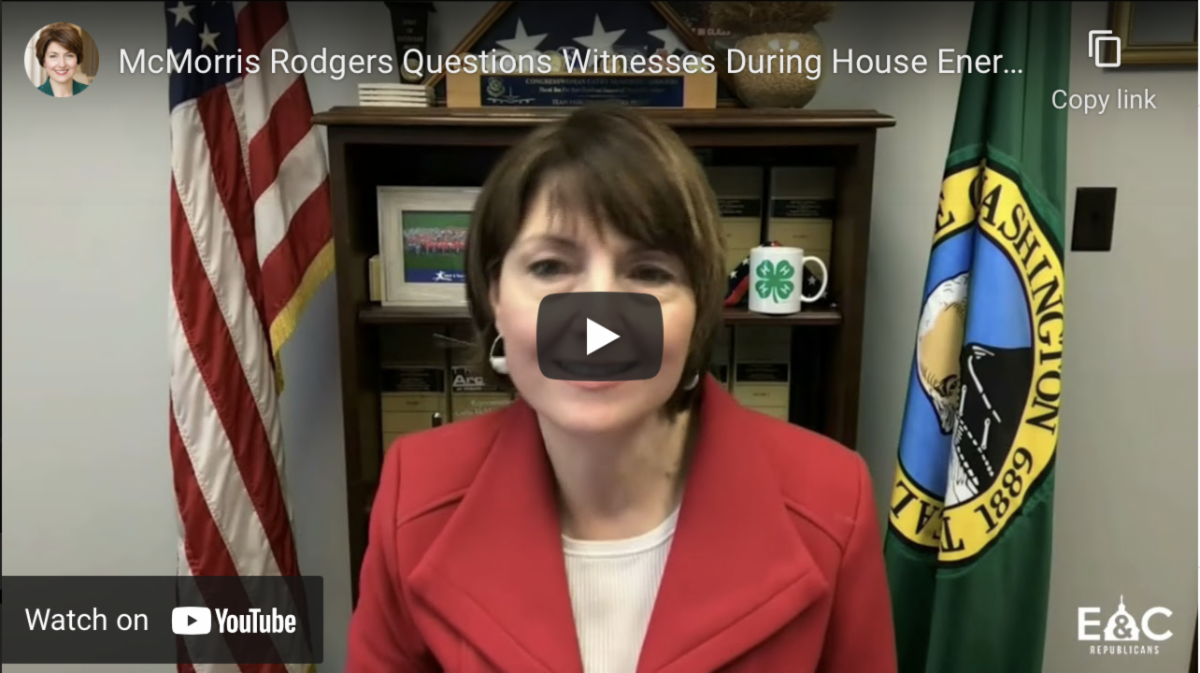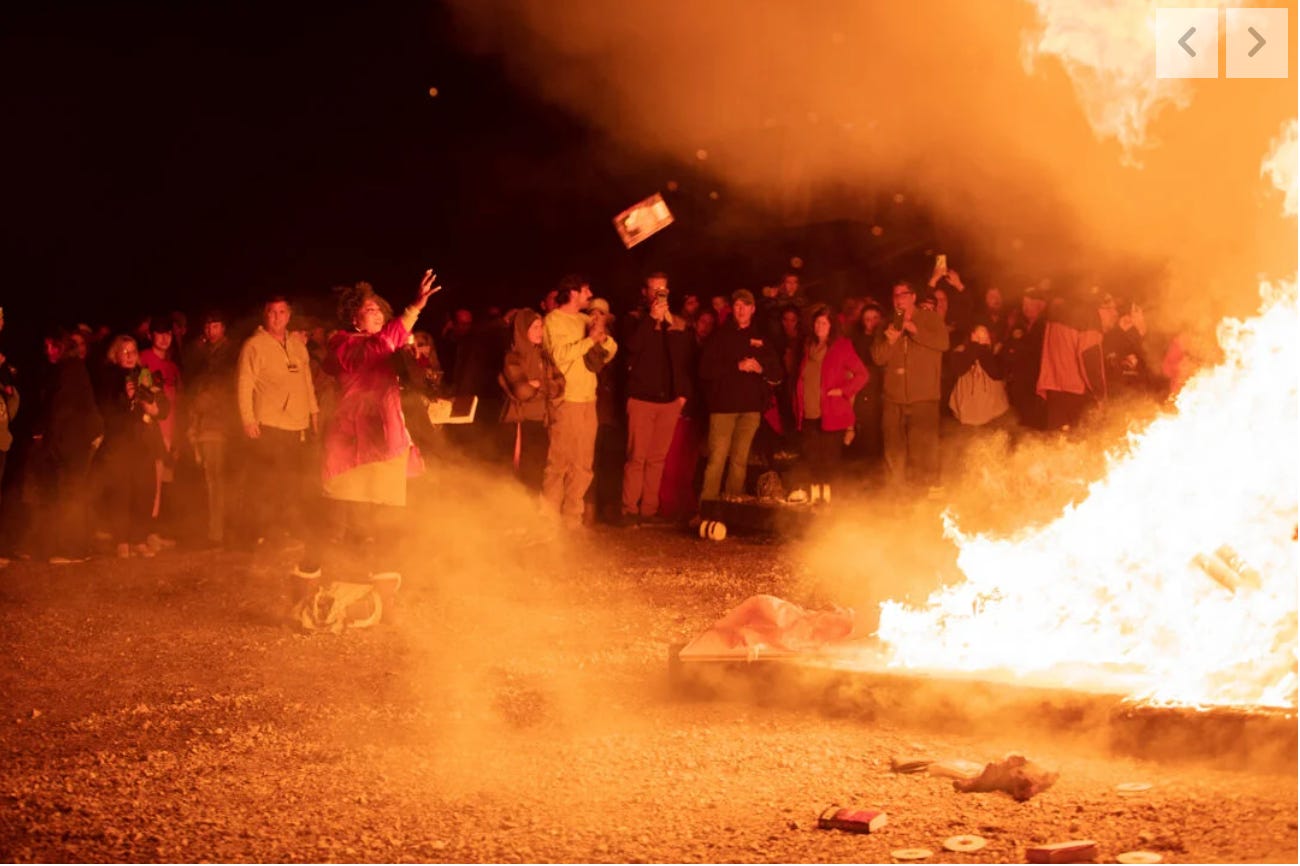Harnessing Anger and Discontent in the Pursuit of Power
History may not repeat itself, but it often rhymes. Sometimes that rhyming is loud and clear. We would do well to listen.
Never forget that Adolph Hitler’s Nazi Party was elected. His and his party’s popularity was cultivated on the fertile ground of the decades-old German völkisch movement, a movement sometimes loosely translated as “ethno-nationalist”. Like most movements that thrive without one clear leader, “the Völkisch movement was not a homogeneous set of beliefs, but rather a ‘variegated sub-culture’ that rose in opposition to the socio-cultural changes of modernity.” It is impossible to read the wikipedia article on the völkisch movement in early 20th century Germany without drawing parallels to the “MAGA” movement. (and various other ethno- or religio- nationalist movements in the world today).
The genius of Joseph Goebbels, chief propagandist[1] of the Nazi party in the 1920s, was to harness, mold, and focus the anger and energy of the völkisch movement as a broad base for the Nazi party. He understood the use of all the tools of his day—print media, radio, film, and dramatic ceremony—to unite these aggrieved, culturally purist, conservative “volk” under the Nazi flag and focus their anger and blame on “Jews, the Romani people, Jehovah’s Witnesses, homosexuals, and other ‘foreign elements’ living in Germany.”
In 1923 Adolph Hitler, then the leader of the growing Nazi Party, was imprisoned on a five year sentence for leading two thousand Nazi followers in a coup attempt against the government in Munich (the “Beer Hall Putsch”). He only served nine months due in part to the press coverage of the trial. In those nine months Hitler dictated Mein Kampf. Goebbels joined the Nazi Party in 1924, attracted by the notoriety Hitler had achieved through his trial and early release from prison. Goebbels rose rapidly through the ranks. By 1927 he was a speaker at one of the Nazi Party rallies at Nuremberg. His speech, which you read in its entirety here, is chilling. It is a roadmap for channeling diffuse anger into the service of authoritarian power. Here is the eye-opening segment of Goebbels’ speech:
The essential characteristic of propaganda is effectiveness. The best propaganda is that which is most effective. It is good if I persuade three million people to believe in a political theory, but it is even better if those three million are ready to give their lives for the idea. But revolutions have never been made by millions, but rather only by small minorities. Propaganda does not need to be intellectual; it must be effective. It should express our worldview in a way that can be understood by the masses. The völkisch idea has existed for 50 years. I will grant that it was stronger 50 years ago than it is today. But one must remember that on 9 November 1918 it was not this idea, but another, that triumphed. If the völkisch movement then had understood power and how to bring thousands out on the streets, it would have gained political power on 9 November 1918.
The Nazi Party’s Reichstag seats grew through the 1920s. Buoyed by a large jump at the onset of the Great Depression, by 1933 Nazis garnered 43.9% of the national vote and 288 of the 647 seats in the Reichstag. In 1934 Hitler became Chancellor in a complicated maneuver urged by several prominent politicians, industrialists, and businessmen seeking a unifying leader they thought they could control (sound familiar?). Instead, Hitler and his henchman, following the Reichstag fire, engaged in series of political maneuvers backed by violence, murder, and imprisonment of that opposition that made Adolph Hitler dictator of Germany.
That same year, 1934, the Nazi Party held another Party Congress in Nuremberg. Leni Riefenstahl’s now classic propaganda film of that event, “Triumph des Willens” (Triumph of the Will), served dramatic notice to Germans (and to the world) of the rise of German nationalism under the Nazis. The 1934 display of military discipline at Nuremberg that Riefenstahl captured in “Triumph of the Will” was only one of a series of nearly annual Nuremberg rallies by the Nazi Party that ran from 1923 to 1938. They were masterpieces of propaganda meant to shore up and mold the völkisch movement into the instrument of power that Goebbel’s described in his Nuremberg speech in 1927.
My interest in Goebbels, Riefenstahl, and the rise of the Nazi Party in Germany in the 1920s and 1930s was piqued by a recent article in The Guardian
Steve Bannon compared Donald Trump’s infamous escalator ride [on 16 June 2015] to announce his candidacy for the White House to Triumph of the Will, the Nazi propaganda film made by Leni Riefenstahl, according to a book published on Tuesday.
In Insurgency: How Republicans Lost Their Party and Got Everything They Ever Wanted, the New York Times reporter Jeremy W Peters shows the former campaign chair, White House strategist and close Trump ally repeatedly invoking Hitler when discussing the 45th president.
That escalator ride was an intentionally staged—and hyped—media eventworthy of the comparison to Riefenstahl’s propaganda film. Trump’s rallies, short on substance and long on exhortation and dramatic rhetoric, serve the same purpose as a propaganda film: riling and uniting the aggrieved faithful against supposed threats, immigrants, the media, and Democrats. Never forget that Trump’s political rallies, unlike those of other presidents and presidential candidates, continued through his presidency—and continue to this day, Nuremberg-like propaganda events on a smaller scale.
In 2016, a year after Trump’s stage escalator ride and just 88 days before the general election, Steve Bannon became the chief executive of Donald Trump’s presidential campaign. Without Bannon’s efforts, Donald Trump might well have failed to cobble together the popular vote minority that gave him victory in the Electoral Collage. Like Goebbels’ ability to channel the anger of the völkisch movement, Bannon was attuned to and able to channel the undercurrent of anger coursing on the internet, anger he was familiar with through his “gold mining” of the internet video game, the World of Warcraft, as well as his experience as executive chairman of the far right Breitbart “News”. One might attribute Trump’s surprise win in 2016 to Bannon’s use of social media propaganda to entice white nationalists and angry gamers to show up at the polls and vote.
Bannon left his employment at the White House on August 17, 2017, less than a week after the Charlottesville Unite the Right rally. Trump, perhaps at Bannon’s urging, tipped his hat to the white nationalists and neo-Nazis who had helped elect him, declaring that there were “good people on both sides”. Since leaving the White House, Bannon, as a look at his wikipedia articleshows, has been very busy promoting national and international white nationalist movements. He retains ties with Trump. With the aid of a preemptive Trump pardon, he thumbed his nose at the legal establishment in 2020. He is currently facing trial for two criminal contempt charges, none of which adversity seems to have slowed him down.
Bannon’s theory of election success is parallel to Goebbel’s but Bannon expresses it in far coarser terms—channel the anger of existing movements to your own political ends using a flood of manipulative propaganda:
In an interview, Bannon told journalist Michael Lewis in February 2018, “We got elected on Drain the Swamp, Lock Her Up, Build a Wall. This was pure anger. Anger and fear is what gets people to the polls.” He added, “The Democrats don’t matter. The real opposition is the media. And the way to deal with them is to flood the zone with shit.”
Bannon contributes to this flood through his popular podcast now carried on Rumble, “Bannons War Room”, his way of keeping the extreme right angry and engaged.
Bannon and Trump remain connected. Some consider Bannon to be Trump’s muse. We underestimate the power of this relationship and the propaganda value of Bannon’s work at our peril. Hitler’s rise to power, buoyed by Joseph Goebbels’ propaganda genius in harnessing the völkisch movement, was similarly marked by underestimation of the power of rallies, films, violence, domestic terrorism, and attention-grabbing legal scrapes that stretched over more than a decade.
We must never forget that Bannon and Trump are students of the methods by which the Nazis rose to power.
Keep to the high ground,
Jerry
[1] Note that the word “propaganda” carried (and may still carry) a different connotation in German (and other languages) than it does in English. Broadly:
Propaganda is communication that is primarily used to influence an audience and further an agenda, which may not be objective and may be selectively presenting facts to encourage a particular synthesis or perception, or using loaded language to produce an emotional rather than a rational response to the information that is being presented.
But:
In the 20th century, the English term propaganda was often associated with a manipulative approach, but historically, propaganda has been a neutral descriptive term of any material that promotes certain opinions or ideologies.[1][3] Equivalent non-English terms have also largely retained the original neutral connotation.
Keep this distinction in mind when reading Goebbel’s usage of the term. For him and for his listeners propaganda was a neutral concept.
P.S. From the wikipedia article on Bannon:
Bannon was influenced by Fourth Turning theory, outlined in Neil Howe‘s and William Strauss‘s The Fourth Turning: An American Prophecy, one of Bannon’s favorite books.[341] The theory proposes that “populism, nationalism and state-run authoritarianism would soon be on the rise, not just in America but around the world. [… Once one strips] away the extraneous accidents and technology, you are left with only a limited number of social moods, which tend to recur in a fixed order” and cyclically.
With that book as background it is inevitable that Bannon would become a devoted student of Hitler’s rise to power. See Neil Howe’s article in the Washington Post.






